Tim Custer, a fourth-generation maple producer in Cuyler, taps about 15,000 trees each year – and he’s looking to grow.
Knowing New York has a process for leasing trees on state land for tapping, he went on a quest last year to get permission to tap trees on state land that abuts his property.
Despite Gov. Kathy Hochul celebrating the program during the 2024 State Fair, Custer hit roadblocks.
And he isn’t alone.
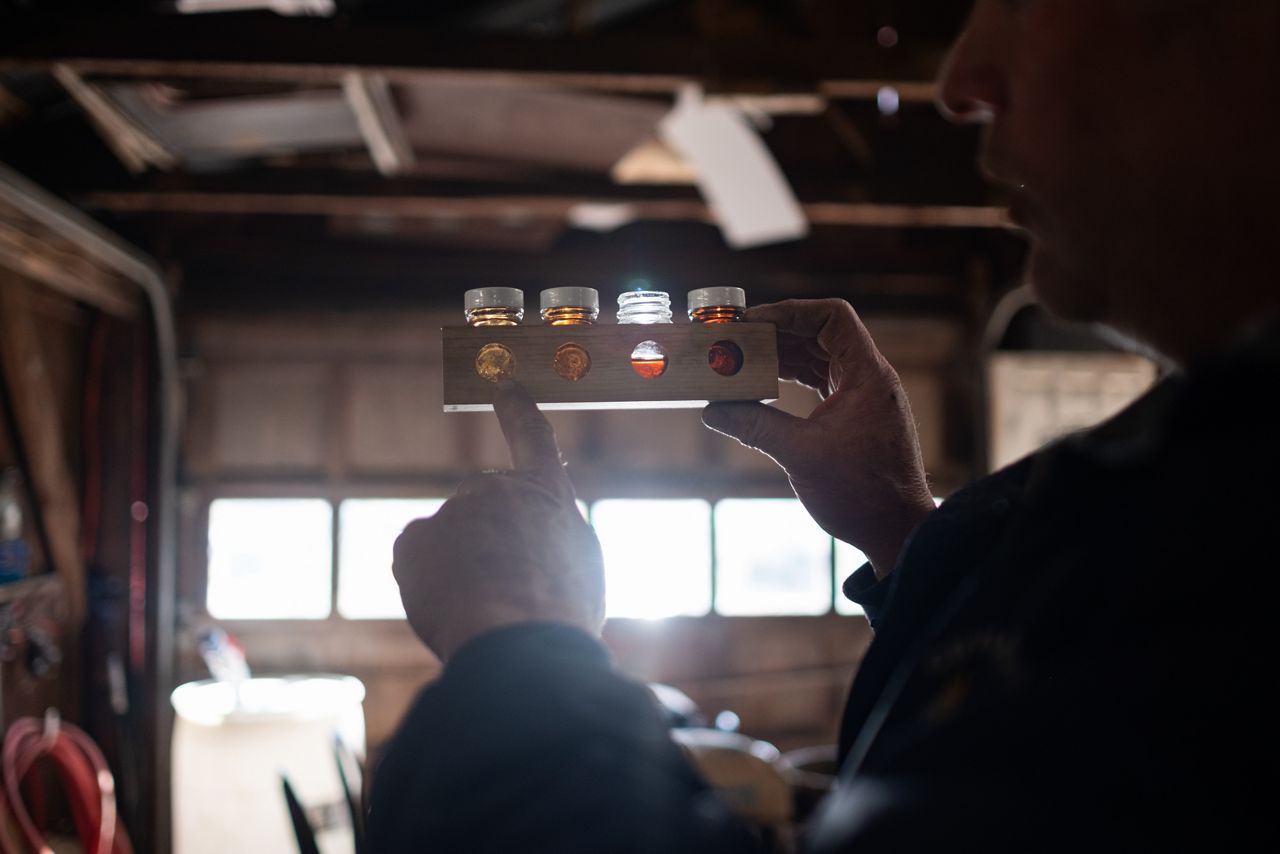
Since 2022, the state Department of Environmental Conservation (DEC) issued just two requests for proposals to tap on state land.
By contrast, the DEC issued more than 20 RFPs for logging in 2025 alone.
“I called the DEC office and asked them what we would have to do to tap on state land because we border on it, and he said that they will not allow it,” Custer said.
The DEC told Custer, he said, that the land near his property is managed land used to maximize revenue the state receives from permits given to loggers, which are more profitable.
Custer said he hasn’t extensively explored the state land, but he guesses there would be about 500 taps available.
“Probably about $5,000 [in profit]. It's not huge but, I mean, when we’re tapping ours on the upper border it’s like, boy, it’s right there. It’s too bad we can’t get those too,” Custer said.
All forest product sales contracts must be put out for public bid, said Lori Severino, a DEC spokesperson. The areas are determined by the DEC, but producers can ask about a particular area.
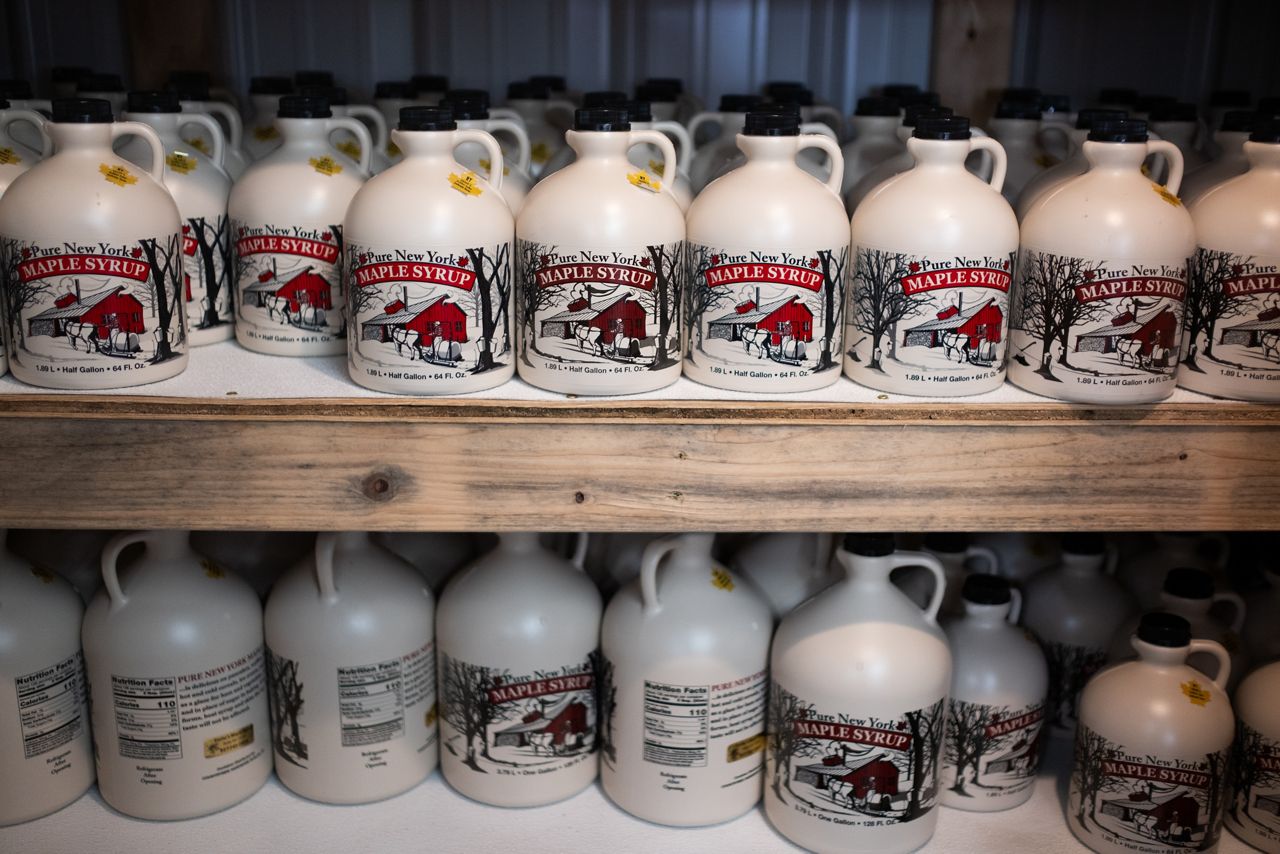
“Maple has fewer contractors, and those contracts are often brought by those who live in close proximity to the prospective tapping area, as it’s not cost-effective to be further away. Timber sales have more prospective bidders,” Severino said.
A producer should contact their local DEC office if they have questions, she said.
“Something to remember is that based on an analysis of state forest using DEC’s forest inventory, there are not a lot of areas that meet the criteria that larger producers need to be profitable,” Severino said.
Recognizing the tight profit margins, Hochul signed legislation last August that expanded the lease term for maple tapping from five years to 10 years in hopes that it would give producers more incentive to answer RFPs.
“As we celebrate the State Fair, we recognize that New York’s agriculture is a central component to our state’s economy. With the signing of this legislation, we continue our mission to uplift this community and prove we are here to support them every step of the way,” Hochul said in a press release at the time.
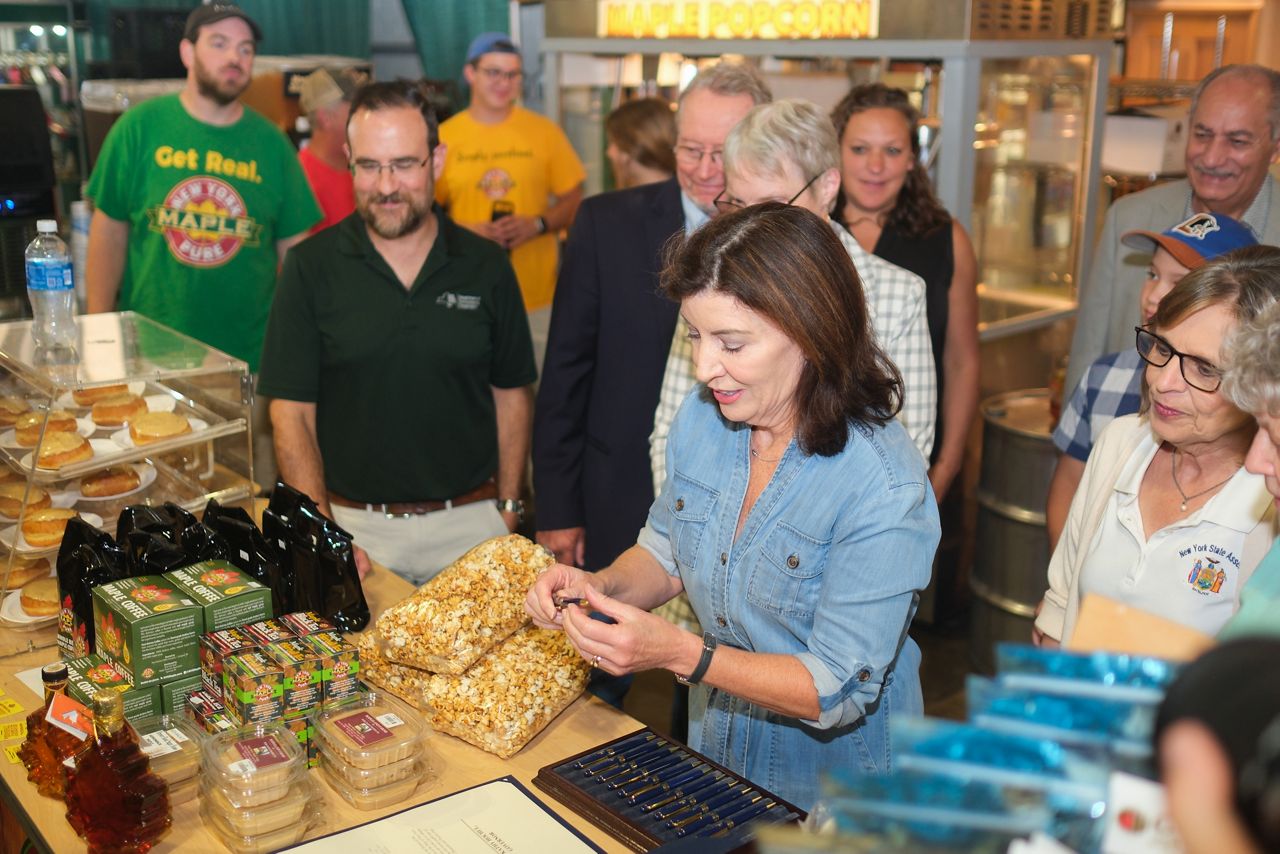
According to the DEC’s website, there have been two maple tapping contracts issued since 2022— one in 2022 in Franklin County and the other just last March in Lewis County for 604 maple taps. There are no records listed prior to 2022.
There are 22 contracts for timber listed from 2025 alone. The bids for timber start as low as $2,200 as a minimum, but the accepted bids range from $3,000 to $265,000 to log 2,973 trees – money going into state coffers. The maple bid from March, in contrast, brought the state $4,632 for tapping 451 trees.
Helen Thomas, executive director of the New York Maple Producers Association, said in an email that these regulations take time to enact, and the association is working with the DEC to develop policies that will govern these leases on state land.
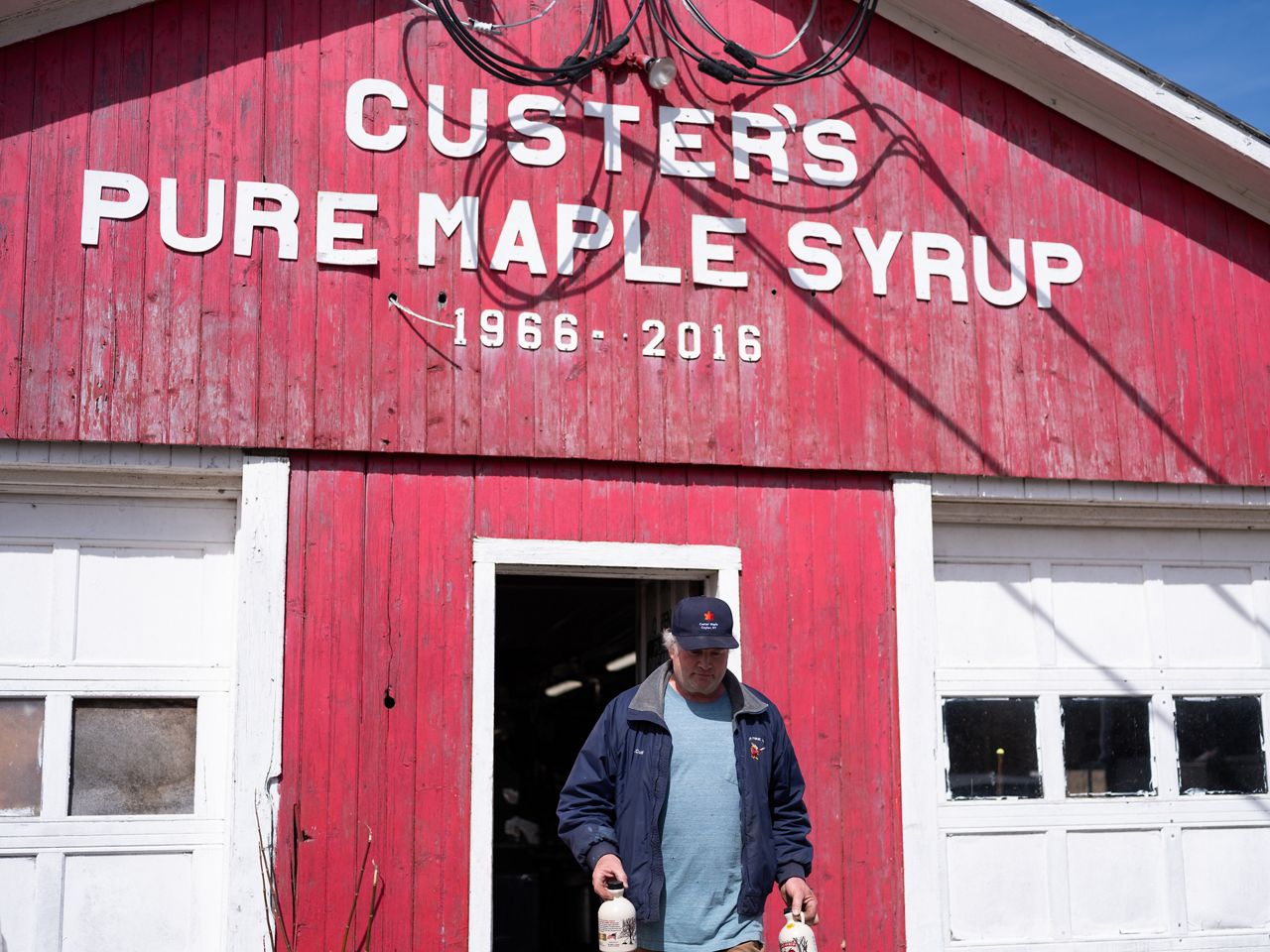
State Sen. Rachel May, D-Syracuse, was the bill’s sponsor that extended the lease from five years to 10 years.
“If there are issues with the process, Senator May is committed to working with the maple producers and her colleagues to address them,” said Daniel Messineo, a spokesperson for the senator.
While maple tapping sounds like it would be more environmentally friendly, experts say it can hinder the multi-use value that the state puts on utilizing forests for wildlife, recreation and conservation.
Rene Germain, a professor and forest management expert at SUNY Enviornmental Science and Forestry in Syracuse, said the value of timber lessens once trees are tapped for maple production.
“Once you put a tap in a tree, you have basically relegated that tree to sugaring because it starts to have streaks and they don’t use the same tape hole every year,” Germain said. “It’s not just one tap hole. The tree does heal but underneath the healing is going to be some rot and streaking.”
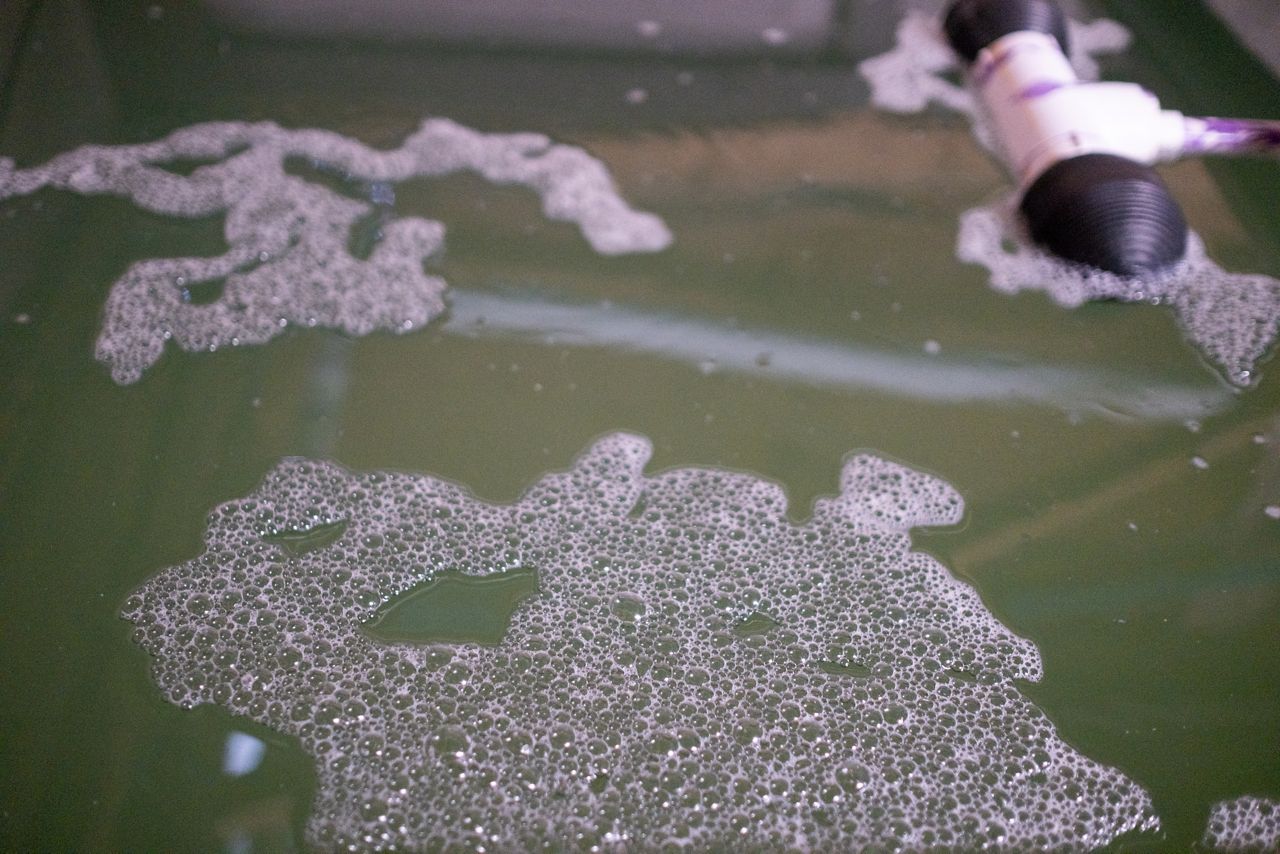
New York is home to 4 million acres of public forests, Germain said. The DEC manages about 800,000 acres. The remaining land is part of the Adirondack and the Catskill mountains, which are deemed “forever wild” by the state constitution.
On the managed land, the DEC oversees timber products, recreation, biodiversity and wildlife, water protection and carbon sequestration.
“We harvest 500 million board feet a year from all lands in New York state. The contribution from DEC lands is probably 2 to 4% of that," Germain said. “Their main goal is not to do timber production, but that’s part of managing for all these other benefits.”
Sustainable management of forests requires cutting about 1% of their growing stock but planting more than they cut, he said. This type of management helps regrow different species, promote wildlife diversity and prevents things like wildfires.

About 25% of the timber harvest in New York state is sugar maple and it is the some of the most valuable timber, but maple tapping can create a limited use of that state land with tubing running between trees that could cut off routes for people and animals to enjoy the area, Germain said.
“As soon as you start tapping and putting up the tubing system, you’ve now got an exclusive use of the people's land. We want to manage this for multiple use, not just timber production because tubing and vacuum systems are not necessarily good for wildlife, and they’re certainly not good for recreation,” Germain said.


